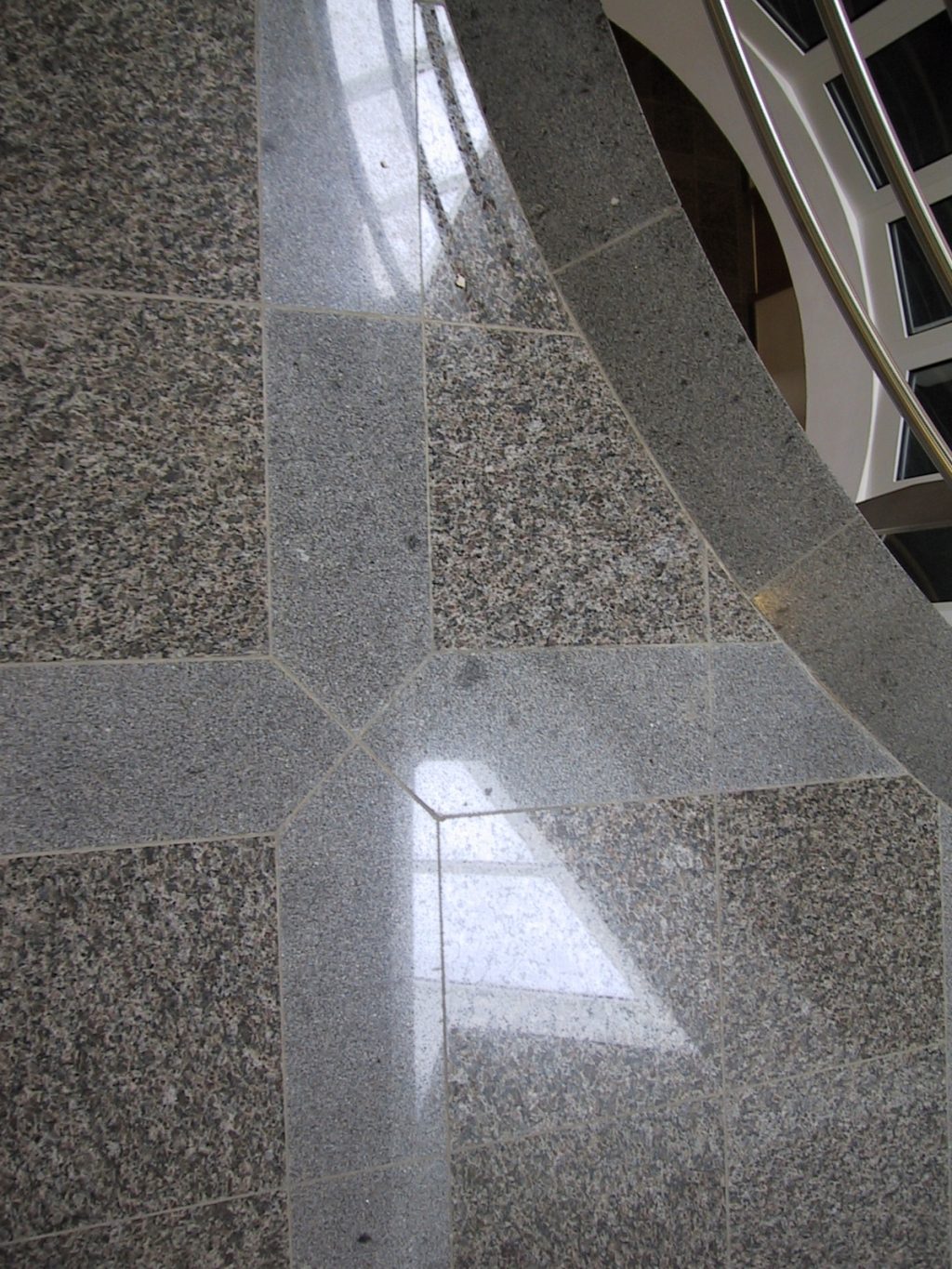Granite in Europe’s capital cities

In Russia, the most famous city where this stone was used is probably St Petersburg. Built by a great and wise tsar, it has become the epitome of grandeur and monumentality. One cannot get around the city without a stroll along its granite embankments and bridges, a visit to the Hermitage with its famous Atlas and the Alexander Column, praised by Pushkin and other Russian poets. This column, 25.6 metres high and 3.66 metres in diameter, was made from an entire block of granite, cut by hand in a quarry near Vyborg and transported to St. Petersburg on a barge specially designed for the purpose. The weight of the column is about 600 tons and it was mounted on the pedestal by 2,400 people, using 60 winches. The Pillar of Alexandria has not been fastened in any way, and for more than 170 years has remained in place only because of its own weight and a perfectly calculated structure.
The pedestal for the Bronze Horseman was made of Vyborg granite – a monument, which became the hallmark of St. Petersburg. And for the construction of the columns of St. Isaac’s Cathedral in the same city, stone imported from Karelia was used.
The granite for the Singing Bridge connecting Kazansky and 2nd Admiralteysky Islands was brought from Finland, from the Rappakivi fields. It was this stone that gave the grandiose structure its special majestic look.
Masterpieces of world architecture, made of granite, would possibly fill an infinite list, but connoisseurs of fine arts prefer simply to admire their monumentalism and surprising beauty of stone created by nature.
GRANITE PRODUCTS
Now the most frequent products made from granite: plates for external and internal facing, window sills, decorative elements of the interior and landscape design. Statistically, about half of all monuments and tombstones worldwide are made of this rock. Its magnificent strength characteristics, attractive appearance, variety of colours and shades allow for granite to be used for various purposes, including the design of streets and decoration at city parks and squares.
PROS AND CONS
Granite is a type of stone which allows for creating strong and durable products in different colours and shades. It is available in many unique patterns and can be textured in many different ways, from rough chipped to mirror polished. It can be used to make statues, pedestals and columns of large dimensions, which is very important in decorative architecture. High durability to mechanical abrasion and natural influences guarantees long term service life of granite products, and low porosity helps to make their care easy and inexpensive. The care of granite keeps its original appearance for a long time and prolongs its service life.
The disadvantages of granite only include the high labour costs of extraction and processing, which greatly increases the cost of the actual products.
THE MAGNIFICENT POWER OF NATURE
The famous painter and sculptor Michelangelo Buonarotti once said: “The magnificent power of nature slumbers in the depths of granite slabs”. And he was right. Buildings and constructions made from this stone carry a truly inimitable power. And uniqueness here is no exaggeration at all. According to geologists, granite is considered a treasure of the Earth. Many rocks of “terrestrial” stone are also available on other planets of the solar system, but granite is the one that remans unique to the Earth. At the same time, its prevalence allows granite to be widely used in construction and monumental architecture. And the results of the use of this natural stone not only justify, but surpass all expectations.
Source: dvamolotka.ru
